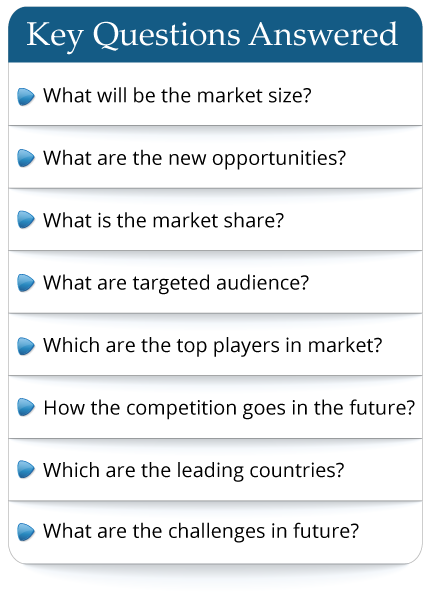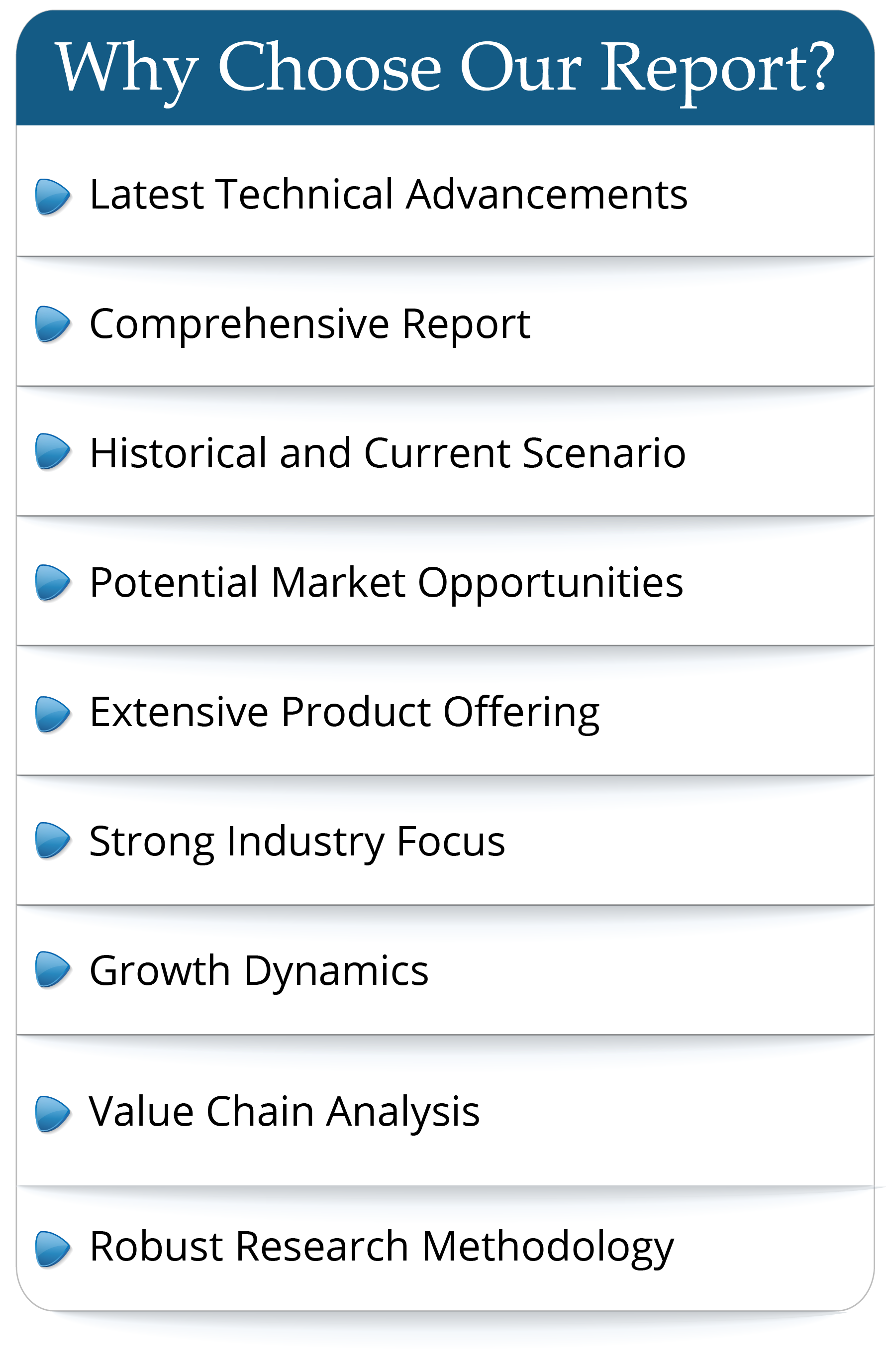According to the latest research, the global Gas Sensors market size was valued at USD 1112.11 million in 2022 and is expected to expand at a CAGR of 7.46% during the forecast period, reaching USD 1712.1 million by 2028.
Gas sensors are small devices, which can detect gas leakage and trigger an alarm to alert the control room. Several industrial and residential spaces are fitted with gas sensor devices to detect gas leaks and alert people in the vicinity about the lurking danger.
This report elaborates on the market size, market characteristics, and market growth of the Gas Sensors industry between the year 2018 to 2028, and breaks down according to the product type, downstream application, and consumption area of Gas Sensors. The report also introduces players in the industry from the perspective of the value chain and looks into the leading companies.
Key Points this Global Gas Sensors Market Report Include:
Market Size Estimates: Gas Sensors market size estimation in terms of revenue and sales from 2018-2028
Market Dynamic and Trends: Gas Sensors market drivers, restraints, opportunities, and challenges
Macro-economy and Regional Conflict: Influence of global inflation and Russia & Ukraine War on the Gas Sensors market
Segment Market Analysis: Gas Sensors market revenue and sales by type and by application from 2018-2028
Regional Market Analysis: Gas Sensors market situations and prospects in major and top regions and countries
Gas Sensors Market
Gas Sensors Industry Chain: Gas Sensors market raw materials & suppliers, manufacturing process, distributors by region, downstream customers
Gas Sensors Industry News, Policies by regions
Gas Sensors Industry Porters Five Forces Analysis
Key players in the global Gas Sensors market are covered in Chapter 2:
Alphasense
Siemens AG
Dextens
Asahi Kasei Microdevices (Senseair AB)
Dynament Ltd.
Biral
KIMO
City Technology
MSA
GfG
Broadley-James
Membrapor AG
Nemoto & Co. Ltd.
ABB
Yokogawa Electric Corporation
Robert Bosch
Figaro Engineering
In Chapter 6 and Chapter 9, on the basis of types, the Gas Sensors market from 2018 to 2028 is primarily split into:
Oxygen/Lambda Sensors
Carbon Dioxide Sensors
Carbon Monoxide Sensors
NOx Sensors
Methyl Mercaptan Sensor
Others
In Chapter 7 and Chapter 10, on the basis of applications, the Gas Sensors market from 2018 to 2028 covers:
Medical
Building Automation & Domestic Appliances
Environmental
Petrochemical
Automotive
Industrial
Agriculture
Others
Geographically, the detailed analysis of consumption, revenue, market share and growth rate of the following regions from 2018 to 2028 are covered in Chapter 8 and Chapter 11:
United States
Europe
China
Japan
India
Southeast Asia
Latin America
Middle East and Africa
Others
In summary, this report relies on sources from both primary and secondary, combines comprehensive quantitative analysis with detailed qualitative analysis, and pictures the market from a macro overview to micro granular segment aspects. Whatever your role in this industry value chain is, you should benefit from this report with no doubt.
Chapter Outline
This report consists of 12 chapters. Below is a brief guideline to help you quickly grasp the main contents of each chapter:
Chapter 1 first introduces the product overview, market scope, product classification, application, and regional division, and then summarizes the global Gas Sensors market size in terms of revenue, sales volume, and average price.
Chapter 2 analyzes the main companies in the Gas Sensors industry, including their main businesses, products/services, sales, prices, revenue, gross profit margin, and the latest developments/updates.
Chapter 3 is an analysis of the competitive environment of Gas Sensors market participants. This mainly includes the revenue, sales, market share, and average price of the top players, along with the market concentration ratio in 2022 and the players' M&A and expansion in recent years.
Chapter 4 is an analysis of the Gas Sensors industrial chain, including raw material analysis, manufacturing cost structure, distributors, and major downstream buyers.
Chapter 5 focuses on Gas Sensors market dynamics and marketing strategy analysis, which include opportunities, challenges, industry development trends under inflation, industry news and policies analyzed by region, Porter's Five Forces analysis, as well as direct and indirect marketing, and the development trends of marketing channels.
Chapters 6-8 have segmented the Gas Sensors market by type, application, and region, with a focus on sales and value from 2018 to 2023 from both vertical and horizontal perspectives.
Chapters 9-11 provide detailed Gas Sensors market forecast data for 2023-2028, broken down by type and application, region, and major countries to help understand future growth trends.
Chapter 12 concludes with an explanation of the data sources and research methods. Verify and analyze through preliminary research to obtain final quantitative and qualitative data.
2022
Gas sensors are small devices, which can detect gas leakage and trigger an alarm to alert the control room. Several industrial and residential spaces are fitted with gas sensor devices to detect gas leaks and alert people in the vicinity about the lurking danger.
This report elaborates on the market size, market characteristics, and market growth of the Gas Sensors industry between the year 2018 to 2028, and breaks down according to the product type, downstream application, and consumption area of Gas Sensors. The report also introduces players in the industry from the perspective of the value chain and looks into the leading companies.
Key Points this Global Gas Sensors Market Report Include:
Market Size Estimates: Gas Sensors market size estimation in terms of revenue and sales from 2018-2028
Market Dynamic and Trends: Gas Sensors market drivers, restraints, opportunities, and challenges
Macro-economy and Regional Conflict: Influence of global inflation and Russia & Ukraine War on the Gas Sensors market
Segment Market Analysis: Gas Sensors market revenue and sales by type and by application from 2018-2028
Regional Market Analysis: Gas Sensors market situations and prospects in major and top regions and countries
Gas Sensors Market
Competitive Landscape
and Major Players: Analysis of 10-15 leading market players, sales, price, revenue, gross, gross margin, product/service profile and recent development/updates, etc.Gas Sensors Industry Chain: Gas Sensors market raw materials & suppliers, manufacturing process, distributors by region, downstream customers
Gas Sensors Industry News, Policies by regions
Gas Sensors Industry Porters Five Forces Analysis
Key players in the global Gas Sensors market are covered in Chapter 2:
Alphasense
Siemens AG
Dextens
Asahi Kasei Microdevices (Senseair AB)
Dynament Ltd.
Biral
KIMO
City Technology
MSA
GfG
Broadley-James
Membrapor AG
Nemoto & Co. Ltd.
ABB
Yokogawa Electric Corporation
Robert Bosch
Figaro Engineering
In Chapter 6 and Chapter 9, on the basis of types, the Gas Sensors market from 2018 to 2028 is primarily split into:
Oxygen/Lambda Sensors
Carbon Dioxide Sensors
Carbon Monoxide Sensors
NOx Sensors
Methyl Mercaptan Sensor
Others
In Chapter 7 and Chapter 10, on the basis of applications, the Gas Sensors market from 2018 to 2028 covers:
Medical
Building Automation & Domestic Appliances
Environmental
Petrochemical
Automotive
Industrial
Agriculture
Others
Geographically, the detailed analysis of consumption, revenue, market share and growth rate of the following regions from 2018 to 2028 are covered in Chapter 8 and Chapter 11:
United States
Europe
China
Japan
India
Southeast Asia
Latin America
Middle East and Africa
Others
In summary, this report relies on sources from both primary and secondary, combines comprehensive quantitative analysis with detailed qualitative analysis, and pictures the market from a macro overview to micro granular segment aspects. Whatever your role in this industry value chain is, you should benefit from this report with no doubt.
Chapter Outline
This report consists of 12 chapters. Below is a brief guideline to help you quickly grasp the main contents of each chapter:
Chapter 1 first introduces the product overview, market scope, product classification, application, and regional division, and then summarizes the global Gas Sensors market size in terms of revenue, sales volume, and average price.
Chapter 2 analyzes the main companies in the Gas Sensors industry, including their main businesses, products/services, sales, prices, revenue, gross profit margin, and the latest developments/updates.
Chapter 3 is an analysis of the competitive environment of Gas Sensors market participants. This mainly includes the revenue, sales, market share, and average price of the top players, along with the market concentration ratio in 2022 and the players' M&A and expansion in recent years.
Chapter 4 is an analysis of the Gas Sensors industrial chain, including raw material analysis, manufacturing cost structure, distributors, and major downstream buyers.
Chapter 5 focuses on Gas Sensors market dynamics and marketing strategy analysis, which include opportunities, challenges, industry development trends under inflation, industry news and policies analyzed by region, Porter's Five Forces analysis, as well as direct and indirect marketing, and the development trends of marketing channels.
Chapters 6-8 have segmented the Gas Sensors market by type, application, and region, with a focus on sales and value from 2018 to 2023 from both vertical and horizontal perspectives.
Chapters 9-11 provide detailed Gas Sensors market forecast data for 2023-2028, broken down by type and application, region, and major countries to help understand future growth trends.
Chapter 12 concludes with an explanation of the data sources and research methods. Verify and analyze through preliminary research to obtain final quantitative and qualitative data.
Years considered for this report:
Historical Years:
2018-2022Base Year:
2022Estimated Year:
2023Forecast Period:
2023-2028Frequently Asked Questions
This market study covers the global and regional market with an in-depth analysis of the overall growth prospects in the market. Furthermore, it sheds light on the comprehensive competitive landscape of the global market. The report further offers a dashboard overview of leading companies encompassing their successful marketing strategies, market contribution, recent developments in both historic and present contexts.
- By product type
- By End User/Applications
- By Technology
- By Region
The report provides a detailed evaluation of the market by highlighting information on different aspects which include drivers, restraints, opportunities, and threats. This information can help stakeholders to make appropriate decisions before investing.

 Pre-order Enquiry
Pre-order Enquiry Request Free Sample
Request Free Sample












